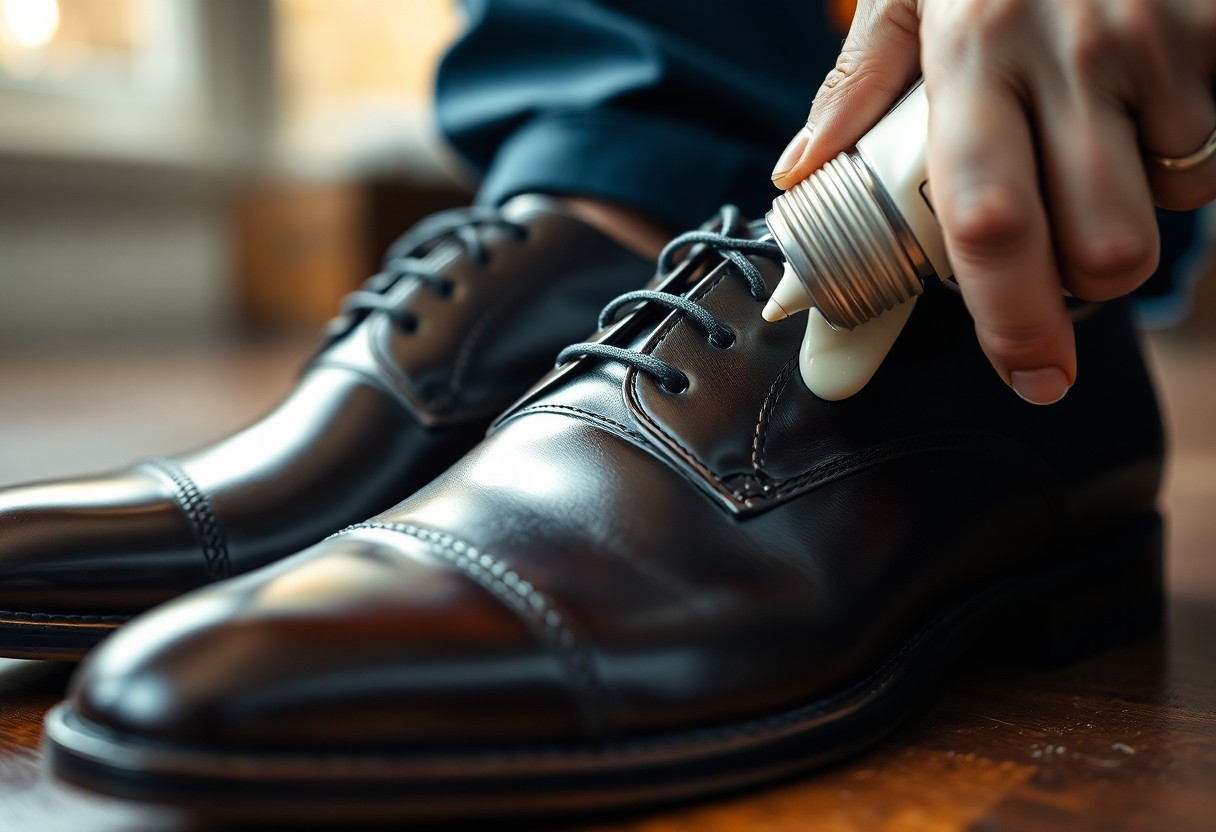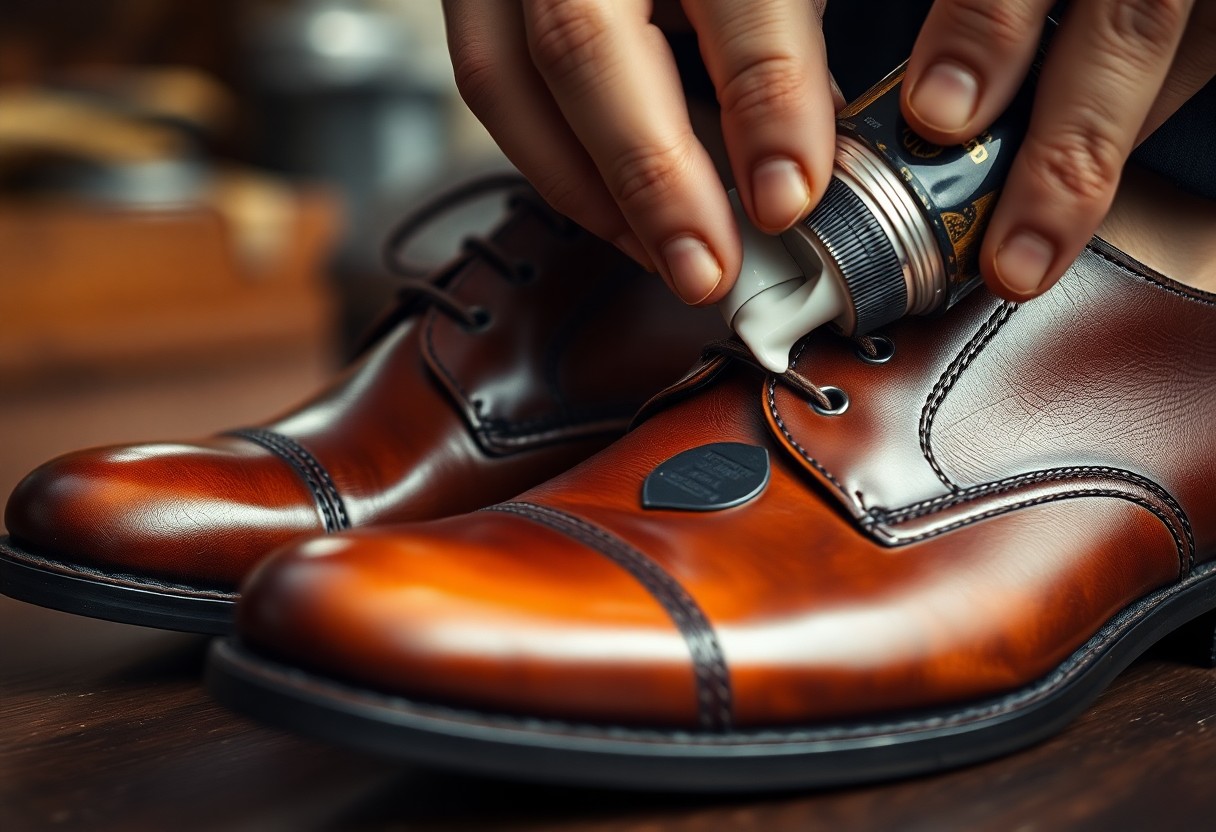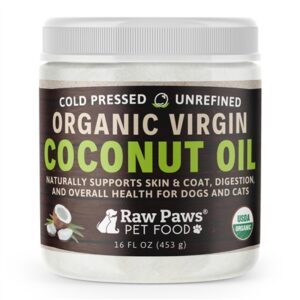
Shoe Colour Enhancement Tips for Darker Shoe Cream
Transforming your leather shoes with darker shoe cream not only enhances their visual appeal but elevates them to a new level of refinement and sophistication. By carefully applying multiple thin layers of cream in progressively darker shades, you can achieve results that rival professional craftsmanship. It’s essential to begin with a cream color that closely matches your shoe’s original hue to prevent any uneven coloration. For the best outcome, select premium-grade pigmented creams from renowned brands such as Saphir Medaille d’Or or Boot Black. This technique proves particularly effective on lighter-colored shoes, where you will witness a remarkable transformation while retaining a natural finish.
Ultimate Techniques for Effectively Enhancing Your Shoe Color
To successfully enhance the color of your shoes, proper setup and high-quality materials are of utmost importance. Start by creating a clean and well-lit workspace, ensuring you have ample time for applying multiple layers of cream. Before you begin the enhancement process, it is crucial that your shoes are thoroughly cleaned and completely dried. This preparatory phase is vital for achieving an even and long-lasting finish that can withstand daily wear and tear.
Essential Equipment for Your Shoe Cream Application Process
To avoid any mishaps during your shoe color enhancement journey, gather the essential tools required for the task: application brushes, polishing cloths, and masking tape to protect the soles of your shoes. Additionally, ensure you have high-pigment shoe creams such as those offered by Saphir Medaille d’Or or Boot Black readily on hand. Don’t forget to include cleaning supplies along with a top-quality leather cleaner to effectively prepare your shoes before applying the cream.
Selecting the Right Cream Colors for Stunning Outcomes
As you embark on your color enhancement journey, it’s critical to select shoe creams that will gradually build up to your desired hue. Aim to start with a cream color that closely resembles your shoe’s original shade, then progress to darker tones. This gradual approach is particularly important for light-colored shoes, as it helps to avoid any uneven coloring that could detract from the overall aesthetic appeal.
Your choice of tools and creams will significantly influence your final results. Your cream options should include a base color that matches the original shoe shade, accompanied by 2-3 darker shades for layering. Utilizing high-quality pigmented creams from respected brands like Saphir, Boot Black, or Collonil 1909 ensures optimal color enhancement. With light-colored shoes, you’ll have the opportunity for a more dramatic darkening effect, while darker shoes will require subtler refinements to maintain a polished appearance.
Applying Color Theory for Professional-Level Shoe Coloring
Grasping the fundamentals of how colors interact is essential for achieving a polished finish when darkening your shoes. Having a good grasp of basic color theory can help you avoid common pitfalls, such as uneven application or poor shade selection. By utilizing the color wheel, you gain valuable insights into the relationships between colors like browns, blacks, and burgundies, enabling you to predict how different shoe creams will alter the final look of your leather footwear.
Step-by-Step Progression from Lighter to Darker Shades
One of the most critical rules in shoe coloring is to gradually progress from lighter to darker shades. The success of this technique hinges on making small, incremental changes. For instance, a light brown shoe can transition to medium brown and then to dark brown, but attempting to reverse this process is not advisable. Each layer of cream should be slightly darker than the one previously applied, ensuring that you achieve the best results possible.
Comprehending Color Depth for Superior Results
Dark shoe creams contain higher concentrations of pigment, allowing them to dramatically alter the appearance of your shoes. Always conduct a test on a small, hidden area before applying cream to the entire shoe. Quality creams like Saphir Medaille d’Or or Boot Black provide superior color control and more consistent results, enhancing your overall satisfaction with the finished product.
The effectiveness of your color enhancement significantly relies on the techniques you employ during the layering process. Applying multiple thin layers yields better results than using a single thick coat. Start with 2-3 layers of a lighter shade before transitioning to darker tones. This method ensures even coverage and helps to prevent patchy or blotchy results that could detract from the overall appeal of your shoes.
Critical Pre-Treatment Steps to Optimize Shoe Cream Application
Before applying darker shoe cream, adhering to a specific sequence of preparatory steps is essential. Ensure your shoes are completely dry and at room temperature to facilitate optimal cream absorption. This preparation phase includes removing any old polish, thoroughly cleaning the shoe surface, and protecting areas you wish to leave uncolored. Following these initial steps will help avert uneven coloring and lead to superior results that meet and surpass your expectations.
Thorough Techniques for Cleaning Your Shoe Surfaces
First and foremost, it’s vital to conduct a comprehensive cleaning of your shoes. Utilize a leather cleaner to effectively eliminate all dirt, old polish, and oils. Your cleaning process should be gentle yet effective, concentrating on creases and seams where residue tends to accumulate. A pristine surface is crucial, as it allows the shoe cream to penetrate evenly, promoting a flawless finish that enhances the beauty of your footwear.
Professional Masking Techniques for Effective Shoe Protection
Properly masking your shoes is essential for achieving professional results. You must meticulously protect the edges of the soles, welts, and any contrasting stitching with masking tape. This precaution will prevent unwanted staining and help maintain the original appearance of these elements, ensuring that your efforts yield a polished outcome.
Surface protection involves careful application of masking tape along the edges where the upper part of the shoe meets the sole. Be sure to cover any decorative features or light-colored stitching that you wish to preserve. Based on experiences with Midas boots and TLB Mallorca Artista shoes, adequate masking can save hours of cleanup and yield clean, professional results that you can take pride in.
Thorough Step-by-Step Process for Darkening Your Shoes
To achieve exceptional results while darkening your shoes, it is crucial to follow a systematic approach. This process involves gradually building color using high-quality pigmented shoe creams. Light-colored shoes are typically easier to darken, but they require careful attention to detail to avoid any uneven coloring. Your success will largely depend on the tools you utilize and the application of multiple thin layers instead of a single thick coat.
Establishing the Base Layer for Optimal Color Enhancement
This step marks the foundation of your color enhancement journey. Begin with a shoe cream shade that closely matches your shoe’s original color. Use an application brush to address the edges and a polishing cloth for the main surfaces. Always protect the sole edges and stitching with masking tape to avoid any unwanted staining. Your initial layer serves as a base for the deeper colors to follow, ensuring that each subsequent layer adheres effectively.
Enhancing Color Depth with Layering Techniques
As you apply multiple layers, gradually introduce darker shades. Focus on applying thin, even layers using high-pigment creams like Saphir Medaille d’Or or Boot Black. Apply 2-3 layers of each shade before transitioning to a darker tone. This approach guarantees that your shoes develop a rich and uniform coloring that enhances their overall elegance.
Further enhancement depends on your technique and patience. The final results are determined by how effectively you work the cream into the leather. Utilize circular motions with your cloth to ensure even distribution. Allow each layer to dry completely before proceeding to the next. This careful approach can transform light brown shoes into deeper tans or add richness to burgundy tones.

Mastering the Multi-Layer Technique for Exceptional Color Enhancement
Not all color enhancements need to be completed in one sitting. Your success hinges on patience and gradual application. This technique involves applying multiple thin layers of shoe cream, starting with lighter shades and progressively transitioning to darker ones, which ensures an even and professional finish that reflects your dedication and skill.
Initiating with Lighter Initial Layers
The multi-layer application process begins with a shade that closely matches your shoe’s original color. Avoid starting with dark cream immediately, as this can result in spotting and uneven coloring. Apply 2-3 thin layers of light-colored cream, allowing each layer to dry for about 15 minutes before proceeding to the next application. This careful approach will set the foundation for a beautifully darkened shoe.
Integrating Darker Layers for Enhanced Depth and Richness
Once your light base is established, you can gradually add darker cream layers. Opt for high-quality pigmented creams like Saphir Medaille d’Or or Boot Black to achieve optimal results. Apply the cream using gentle circular motions to ensure complete coverage while preventing excess product buildup that can mar the overall finish.
For the best results, pay special attention to hard-to-reach areas near the sole edges. Always conduct a test on a small, hidden area first to prevent any unwanted color reactions. Continue layering until you achieve your desired shade, which typically requires 3-4 applications of the darker cream to reach the perfect tone.

Key Considerations for Successful Shoe Color Enhancement
Unlike standard shoe care routines, enhancing color requires thoughtful consideration of the leather properties and proper product selection. It’s essential to understand your shoe’s base color, leather type, and desired outcome before embarking on the darkening process. The success of your color enhancement heavily relies on your technique and patience in applying multiple thin layers for the best results.
Understanding the Variability of Different Leather Types
Different types of leather respond variably to color enhancement:
| Leather Type | Color Enhancement Properties |
|---|---|
| Full-grain | Best absorption, even results |
| Top-grain | Good absorption; requires careful application |
| Suede | Not recommended for cream treatment |
| Patent | Cannot absorb cream effectively |
| Corrected-grain | Limited absorption; uneven results possible |
Managing Common Problem Areas During Application
Common issues often arise near seams, creases, and toe areas. It’s crucial to apply cream with extra caution in these zones to avoid excessive color buildup. Identifying potential problem spots before beginning will help prevent uneven coloring, ensuring a smoother application process.
At the outset of your color enhancement project, test the cream on a small, hidden area to gauge its effects before proceeding. Your meticulous attention to detail in these sensitive areas will directly impact the final quality of your shoe’s appearance. Pay special care to the welt area, where excess cream can easily accumulate and create uneven patches.
- Apply lighter coats to creases to avoid heavy buildup
- Avoid excessive product near stitching to maintain integrity
- Use masking tape to protect the soles from accidental staining
- Work in small sections for the best results and control
Common Questions Regarding Shoe Color Enhancement
What is the best way to start the process of darkening light-colored shoes with shoe cream?
Begin by selecting a shoe cream color that is closest to your shoe’s original shade. Apply several thin layers using high-pigment shoe cream brands such as Saphir Medaille d’Or or Boot Black. Ensure that you cover sole edges and stitching with masking tape to protect them during the process. Add 2-3 layers of the lighter shade before transitioning to darker colors for the best outcome.
Which tools are recommended for applying shoe cream during the color enhancement process?
Utilize an application brush for reaching hard-to-access areas near the sole edges and a polishing cloth for the main surfaces to help distribute the cream evenly into the leather. These tools enable complete coverage and a smooth application across all shoe areas, contributing to a more polished finish.
What strategies can I employ to ensure an even color result when darkening shoes?
To achieve an even finish, apply multiple thin layers instead of one thick layer. Start with a lighter shade and gradually progress to darker shades. Use gentle, circular motions with your cloth to work the cream into the leather, allowing each layer to dry completely before applying the next. This method effectively prevents spotting and creates a uniform, smooth finish that enhances the overall look of your shoes.
The Article How to enhance shoe color using darker shoe cream tips for a polished look appeared first on My Shoes Finder
The Article Enhance Shoe Color with Darker Shoe Cream Tips for a Polished Look Was Found On https://limitsofstrategy.com
The Article Darker Shoe Cream Tips for a Polished Shoe Colour Enhancement First Appeared ON
: https://ad4sc.com












I really appreciate the depth of this post! The idea of enhancing leather shoes with darker shoe cream is something I’ve been curious about for a while. I recently tried a similar technique on a pair of light brown boots I had almost given up on. Starting with a cream that matched the original color definitely made a difference, and I was surprised at how much the layered approach transformed them.
You’ve captured the essence of shoe care beautifully! I recently started experimenting with darker creams on my lighter shoes and was amazed at how a few layers can create such depth and character. It’s interesting to think about how the choice of cream not only impacts appearance but also the longevity and preservation of the leather. I’ve read that maintaining the health of the leather is just as important as the aesthetic transformation, so pairing these creams with regular conditioning can lead to lasting results.
It’s great to hear about your experiences with darker creams on lighter shoes! It’s fascinating how a little experimentation can lead to such satisfying results. The depth and character you mention are really a testament to how much personality a pair of shoes can gain through careful treatment.